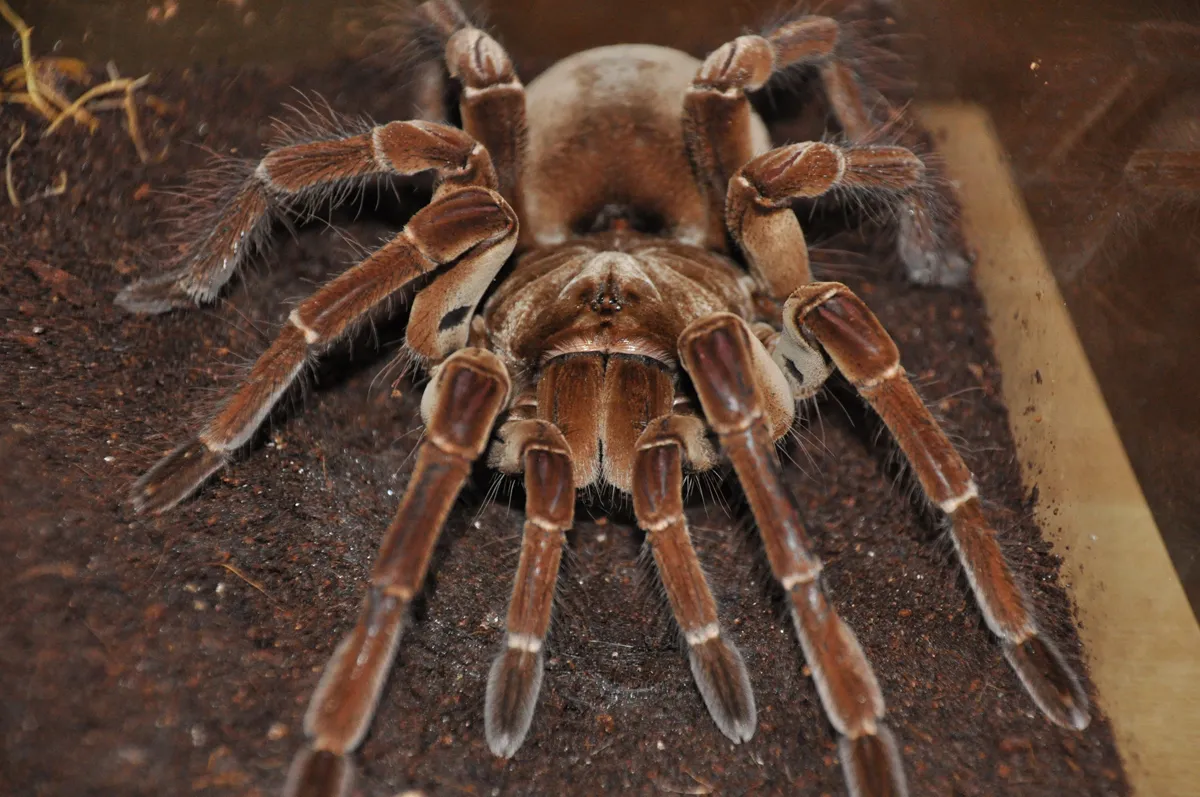What is a Goliath Birdeater Tarantula
The Goliath Birdeater tarantula (Theraphosa blondi) is one of the largest spider species in the world, instantly recognizable for its impressive size and formidable presence. Native to the rainforests of South America, this arachnid is a popular, albeit challenging, pet choice for experienced keepers. Its name, however, is slightly misleading; despite the name, these tarantulas rarely prey on birds. Their diet primarily consists of insects, although they may occasionally consume small vertebrates. This fascinating creature showcases the incredible diversity and sometimes surprising behaviors found within the animal kingdom, making it a captivating subject for both researchers and enthusiasts.
Size and Appearance
The Goliath Birdeater tarantula is famous for its sheer size. When fully grown, these spiders can reach impressive dimensions, making them a true spectacle. Their physical characteristics are equally intriguing, adding to their overall appeal and notoriety. Understanding their size and appearance is key to appreciating this impressive species.
How Big Do They Get

Goliath Birdeater tarantulas can have a leg span of up to 12 inches (30 cm), making them one of the largest spiders in the world by mass. Their body length can reach up to 4 inches (10 cm). The sheer size of the Goliath Birdeater is a defining characteristic, attracting those who are fascinated by the unusual and the extreme in the animal world. Their size is a significant factor when considering them as pets, requiring spacious enclosures and experienced handling.
Coloration and Features
The Goliath Birdeater typically has a dark brown to black coloration, providing excellent camouflage in its natural habitat. The spider’s body is covered in dense, bristly hairs, which contribute to its imposing appearance. These hairs also serve a defensive purpose, as they can be flicked off the abdomen to irritate predators. The chelicerae, or mouthparts, are large and powerful, used for subduing prey. Overall, the Goliath Birdeater’s features are designed for survival and efficiency in its rainforest environment.
Habitat and Native Range
Understanding the natural environment of the Goliath Birdeater tarantula offers valuable insights into its behavior and needs. Knowing where they come from helps in replicating their preferred living conditions in captivity. This knowledge is crucial for the health and well-being of these fascinating creatures.
Where They Live
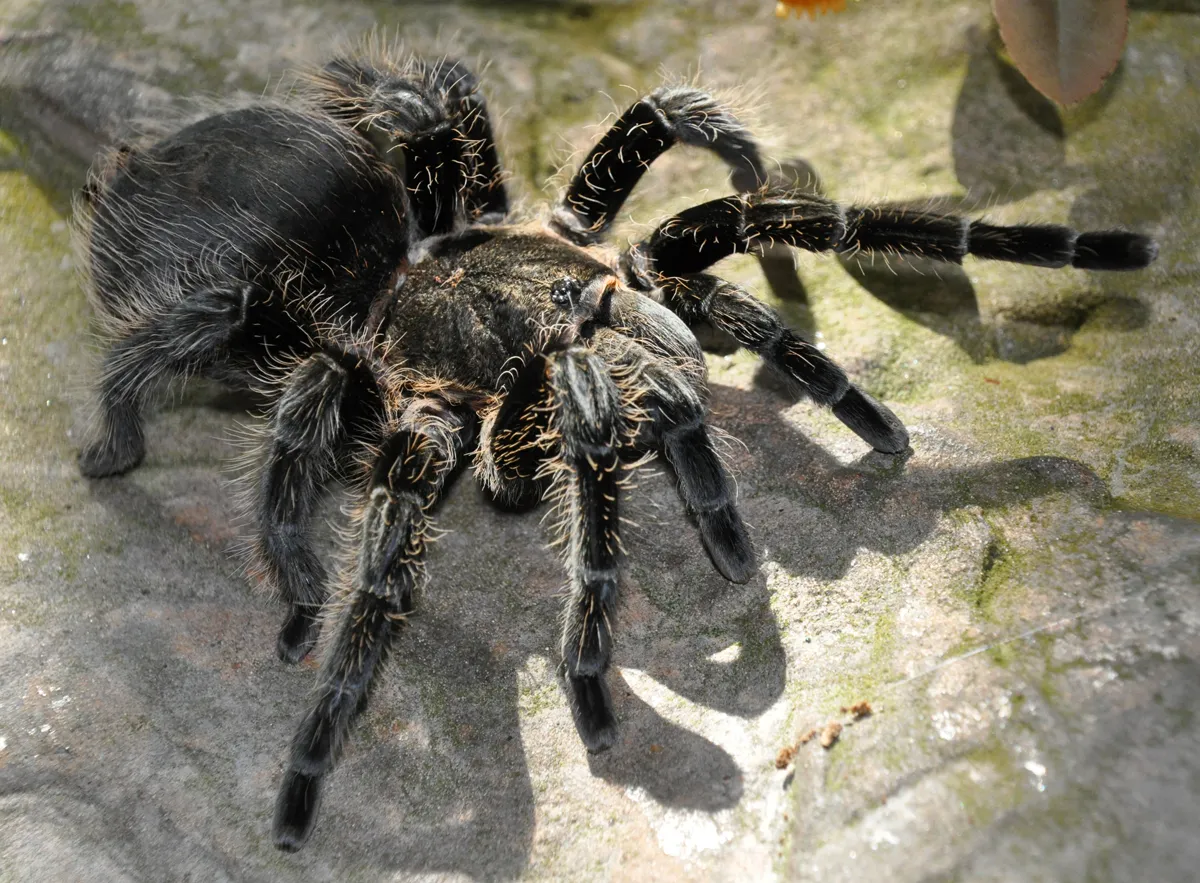
Goliath Birdeater tarantulas are native to the rainforests of northern South America. They are primarily found in countries such as Brazil, Venezuela, Guyana, Suriname, and French Guiana. These spiders prefer humid, terrestrial environments, where they can burrow and create their homes. Their geographic location is important for understanding their needs in terms of humidity, temperature, and substrate.
Preferred Environment
In their natural habitat, Goliath Birdeaters live in burrows, often under rocks or in the soil, to provide shelter from the elements and potential predators. They thrive in a humid environment, with high moisture levels in the air and the substrate. Temperatures typically range from 75 to 85 degrees Fahrenheit (24 to 29 degrees Celsius). Replicating these conditions in captivity is vital for their health and well-being, requiring appropriate substrate, heating, and misting to maintain humidity levels.
Diet and Feeding Habits
The dietary habits of the Goliath Birdeater tarantula are key to understanding its survival strategies. Their feeding behavior is closely tied to their environment and their role as predators. Knowing what they eat and how frequently they feed is crucial for proper care in a captive setting.
What They Eat
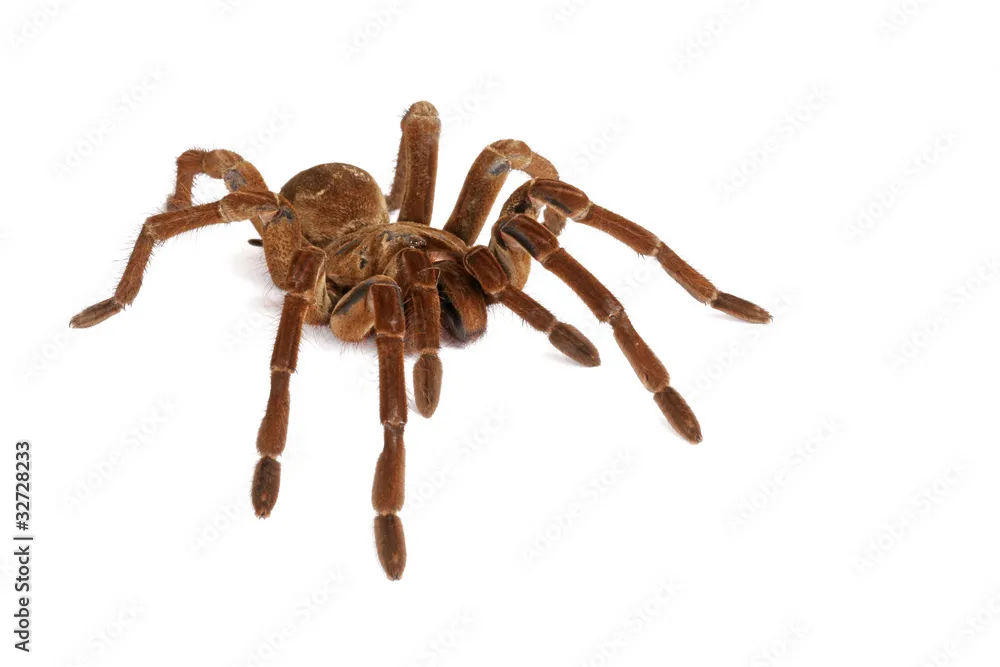
Despite their name, Goliath Birdeaters rarely consume birds. Their diet primarily consists of insects, such as crickets, cockroaches, and mealworms. They are opportunistic hunters and will also eat small vertebrates, such as lizards, mice, and even small snakes when available. Their powerful chelicerae are well-suited for capturing and subduing their prey. The diet of a Goliath Birdeater in captivity needs to be varied to provide a balanced nutritional intake, mimicking their natural feeding habits.
Feeding Frequency
Young Goliath Birdeater tarantulas require more frequent feedings than adults, typically every few days. As they mature, their feeding frequency can be reduced to once or twice a week, depending on their size and activity level. Overfeeding can lead to health issues, so it’s essential to monitor their food intake and adjust the feeding schedule as needed. Regular access to fresh water is also important for their hydration.
Behavior and Temperament
The behavior and temperament of the Goliath Birdeater tarantula are complex and critical for understanding how to interact with them. While they are impressive creatures, their defensive mechanisms and overall behavior require careful consideration, particularly when handling or observing them. Understanding these aspects is essential for the safety and well-being of both the tarantula and its keeper.
Defensive Mechanisms
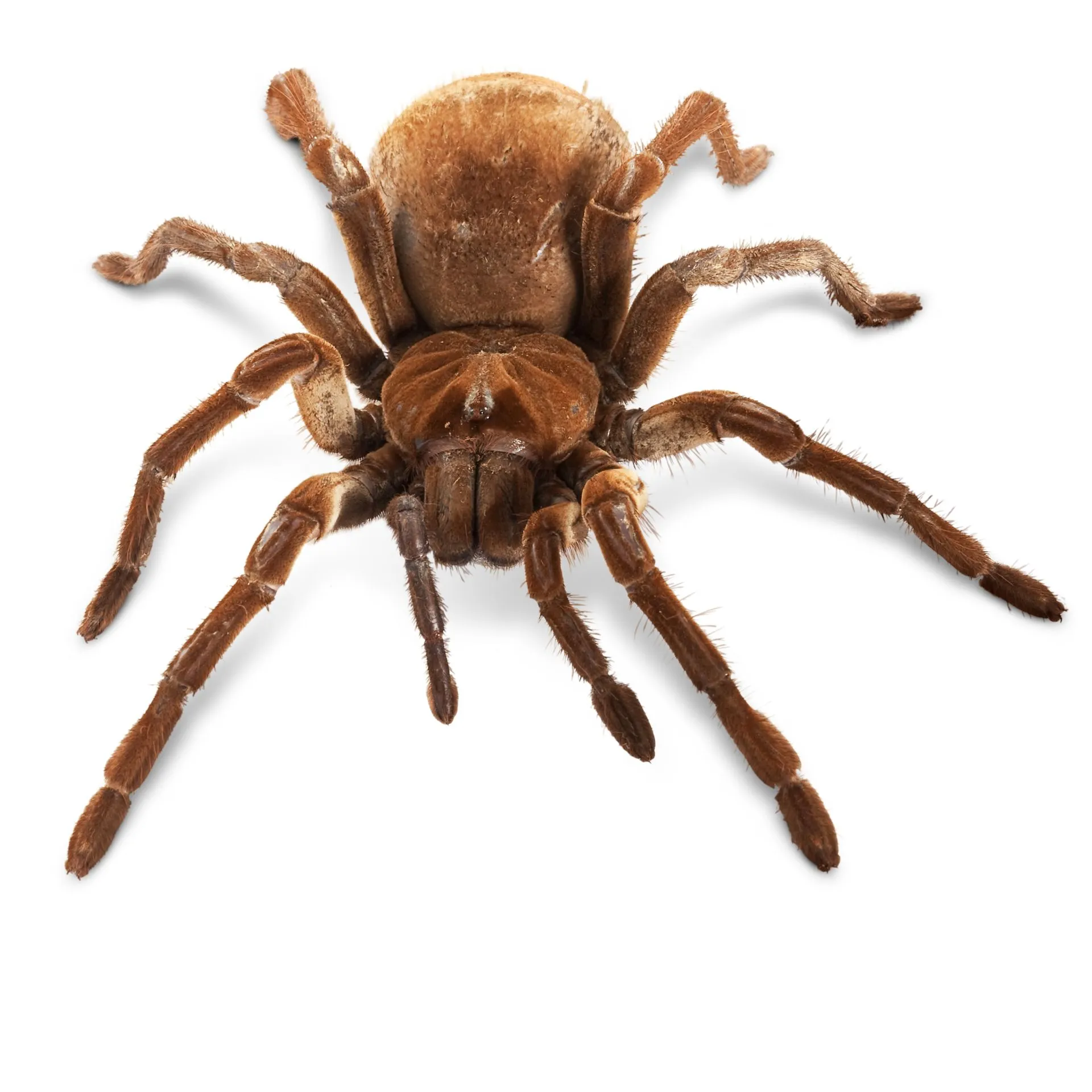
The Goliath Birdeater tarantula has several defense mechanisms. One primary method is their ability to flick urticating hairs from their abdomen. These hairs are irritating to skin and eyes and can cause a painful rash. They also possess large fangs and can bite if they feel threatened. They may also exhibit a threat posture, rearing up and displaying their fangs. The best defense, however, is to avoid provoking them and to handle them with caution and respect.
Handling and Interaction
Due to their size and defensive capabilities, the Goliath Birdeater tarantula is not generally recommended for frequent handling. If handling is necessary, it should be done with extreme caution, using appropriate tools like a soft brush to guide the spider. It’s crucial to avoid sudden movements or actions that might startle the spider. Many experienced keepers choose to observe their Goliath Birdeaters from a distance, appreciating their behavior without direct interaction. Handling should be limited to minimize stress and the risk of injury to both the spider and the handler.
Lifespan and Breeding
The lifespan and breeding habits of the Goliath Birdeater are essential aspects of understanding its long-term care. Knowing how long they live and the processes involved in reproduction offers valuable insight into the species. These considerations are also central to responsible pet ownership.
Lifespan in Captivity

Female Goliath Birdeater tarantulas can live for an impressive amount of time, often up to 15 to 25 years in captivity, providing a long-term commitment for their owners. Males, however, generally have a shorter lifespan, typically 3 to 6 years. This difference in lifespan can be a significant factor when considering owning a Goliath Birdeater, emphasizing the need for long-term planning and care.
Breeding Process
Breeding Goliath Birdeaters in captivity can be a complex process. It involves carefully introducing a mature male and female in a controlled environment, often involving a temperature and humidity-controlled setup. If successful, the female will lay an egg sac, which can contain hundreds of spiderlings. The spiderlings require specialized care to ensure their survival, including a separate enclosure and a diet of small insects. Breeding is best left to experienced keepers due to the challenges involved.
Interesting Facts and Trivia
Beyond the basic facts, the Goliath Birdeater tarantula has several interesting characteristics that add to its fascination. These unique aspects of the species provide a deeper appreciation of their survival mechanisms and unusual behaviors. Exploring these facts can turn an ordinary interest into a lifelong passion for this remarkable spider.
Unique Abilities
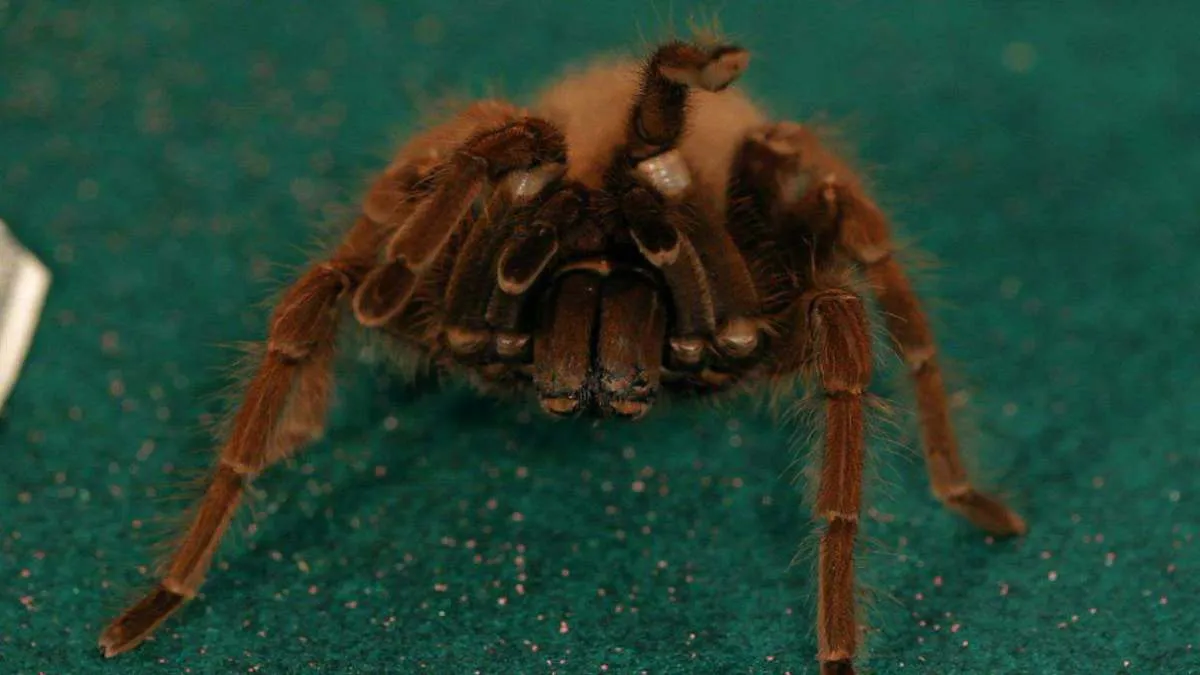
One of the most remarkable abilities of the Goliath Birdeater is its venom. While not lethal to humans, the venom is potent and can cause significant pain, muscle cramps, and other symptoms. The spider’s size and powerful fangs contribute to the impact of its bite. The Goliath Birdeater’s ability to flick urticating hairs also contributes to its defense strategy. These hairs, once in contact with skin or eyes, can cause intense irritation. The Goliath Birdeater’s hunting and defense mechanisms are extraordinary adaptations to its rainforest environment.
Conservation Status
Currently, the Goliath Birdeater tarantula is not listed as an endangered species. However, habitat loss and collection for the pet trade pose potential threats to their populations in the wild. Understanding the importance of their conservation is crucial. Supporting responsible pet ownership practices and conservation efforts can help ensure the survival of these magnificent creatures. It is important to consider the ethical implications of keeping these spiders and support conservation initiatives.
